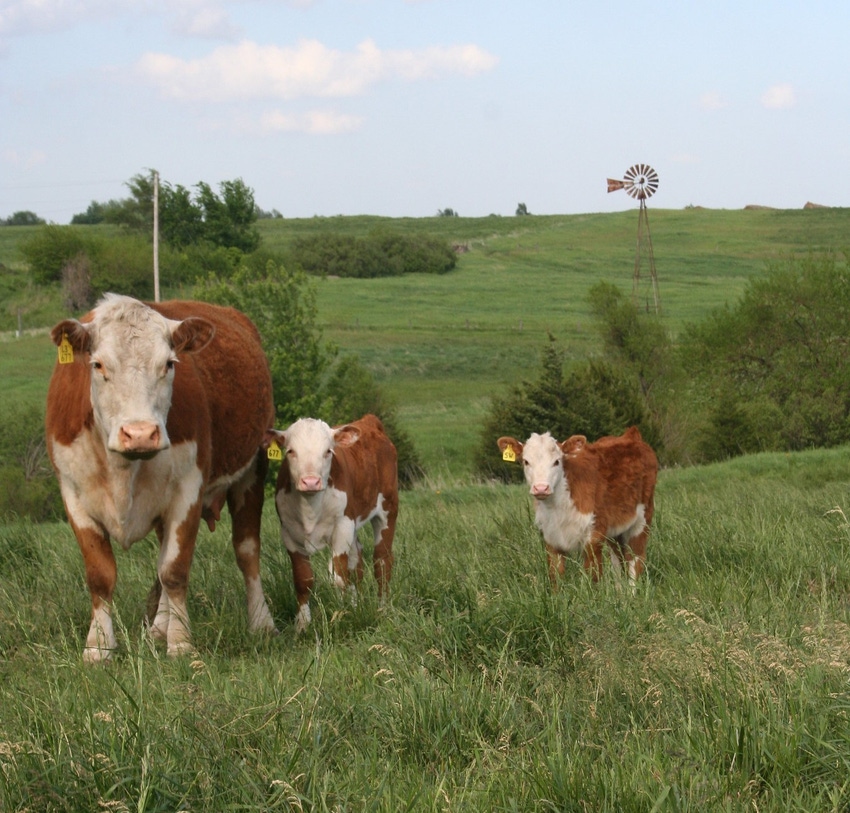Safeguarding Success: Bagley Risk Management Provider
Safeguarding Success: Bagley Risk Management Provider
Blog Article
Comprehending Animals Risk Defense (LRP) Insurance Policy: A Comprehensive Overview
Navigating the world of livestock threat security (LRP) insurance coverage can be an intricate undertaking for lots of in the agricultural industry. From exactly how LRP insurance functions to the numerous insurance coverage alternatives available, there is much to discover in this detailed guide that might potentially shape the way animals producers approach danger management in their organizations.

Just How LRP Insurance Coverage Works
Periodically, understanding the technicians of Livestock Threat Defense (LRP) insurance coverage can be intricate, but breaking down how it functions can offer clarity for breeders and farmers. LRP insurance is a threat management device designed to shield livestock manufacturers versus unanticipated rate declines. It's crucial to keep in mind that LRP insurance is not an earnings guarantee; instead, it concentrates entirely on price danger protection.
Qualification and Insurance Coverage Options

When it involves insurance coverage choices, LRP insurance policy provides manufacturers the adaptability to pick the insurance coverage degree, coverage duration, and endorsements that best suit their risk management requirements. Coverage degrees generally vary from 70% to 100% of the anticipated ending worth of the insured animals. Manufacturers can additionally choose insurance coverage periods that align with their manufacturing cycle, whether they are insuring feeder livestock, fed cattle, swine, or lamb. Recommendations such as price danger defense can further personalize insurance coverage to shield against adverse market variations. By understanding the eligibility requirements and insurance coverage alternatives available, animals producers can make enlightened choices to take care of danger successfully.
Benefits And Drawbacks of LRP Insurance Policy
When reviewing Livestock Threat Security (LRP) insurance coverage, it is essential for livestock manufacturers to evaluate the negative aspects and advantages fundamental in this risk monitoring device.

One of the main advantages of LRP insurance policy is its ability to supply protection versus a decline in livestock prices. Additionally, LRP insurance policy supplies a level of versatility, permitting producers to tailor insurance coverage degrees and policy periods to suit their details demands.
One restriction of LRP insurance is that it does not secure against all kinds of dangers, such as disease episodes or all-natural calamities. It is important for manufacturers to carefully evaluate their individual threat direct exposure and monetary situation to determine if LRP insurance policy is the appropriate risk management device for their procedure.
Comprehending LRP Insurance Policy Premiums

Tips for Maximizing LRP Perks
Maximizing the benefits of Animals Risk Protection (LRP) insurance needs critical planning and proactive risk management - Bagley Risk Management. To maximize your LRP coverage, take into consideration the complying with pointers:
Routinely Assess Market Problems: Keep notified regarding market fads and rate variations in the animals industry. By checking linked here these aspects, you can make educated decisions concerning when to buy LRP insurance coverage to protect against prospective losses.
Establish Realistic Coverage Degrees: When picking insurance coverage degrees, consider your manufacturing prices, market price of animals, and possible threats - Bagley Risk Management. Establishing sensible protection levels makes sure that you are properly shielded without paying too much for unneeded insurance policy
Expand Your Insurance Coverage: As opposed to relying only on LRP insurance policy, think about diversifying your danger management strategies. Incorporating LRP with various other threat monitoring tools such as futures contracts or options can provide comprehensive coverage versus market uncertainties.
Evaluation and Change Coverage Consistently: As market conditions change, regularly evaluate your LRP protection to ensure it lines up with your present danger direct exposure. Adjusting insurance coverage levels and timing of acquisitions can aid optimize your threat defense method. By adhering to these suggestions, you can maximize the advantages of LRP insurance policy and secure your livestock procedure against unpredicted dangers.
Conclusion
To conclude, livestock risk protection (LRP) insurance coverage is a valuable tool for farmers to manage the financial dangers associated with their livestock operations. By understanding exactly how LRP works, eligibility and coverage alternatives, as well as the advantages and disadvantages of this insurance, farmers can make enlightened decisions to shield their incomes. By meticulously thinking about LRP costs and implementing approaches to maximize benefits, farmers can reduce potential losses and guarantee the sustainability of their procedures.
Livestock manufacturers interested in obtaining Livestock Threat Defense (LRP) insurance policy can check out an array of qualification requirements and coverage alternatives customized to their specific animals operations.When it comes to coverage options, LRP insurance coverage uses manufacturers the adaptability to choose the protection degree, protection period, and endorsements that ideal match their danger management requirements.To understand the complexities of Animals Risk Protection (LRP) insurance policy fully, understanding the variables influencing LRP insurance costs is critical. LRP insurance costs are figured out by different aspects, including the protection degree chosen, the anticipated price of animals at the end of the insurance coverage duration, the kind you could look here of livestock being guaranteed, and the length of the protection duration.Evaluation and Adjust Coverage Regularly: As market problems transform, regularly review your LRP protection to guarantee it straightens with your current danger direct exposure.
Report this page